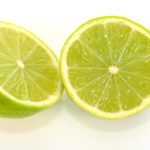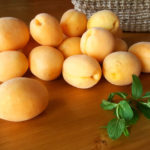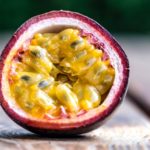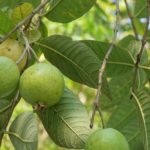26 interesting facts about lemons
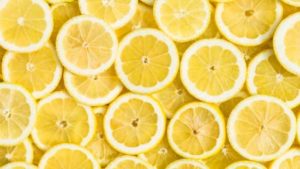 Most people do not eat lemons fresh fresh, but the ingredients obtained from these fruits are more commonly found than they seem. The same citric acid, for example, is a very common dietary supplement. Moreover, lemons not only make edible food products, but also use them in other industries.
Most people do not eat lemons fresh fresh, but the ingredients obtained from these fruits are more commonly found than they seem. The same citric acid, for example, is a very common dietary supplement. Moreover, lemons not only make edible food products, but also use them in other industries.
In the last century, lemon juice was used in the manufacture of fabric dyes. To do this, it was evaporated to get a liquid of almost black color, very thick.
In Europe, lemons brought there from India after the eastern campaigns of Alexander the Great were initially called Indian apples.
If you squeeze a little juice from a lemon into a salted soup, excessive salinity will cease to be felt.
In India, lemons are pickled in much the same way as in Russia, pickles and tomatoes are pickled.
In Spain, lemons are one of the symbols of unrequited love.
Lemons are a powerful remedy against scurvy, a disease that literally mowed sailors centuries ago. And the first person who guessed about the beneficial properties of this fruit was the English navigator and discoverer James Cook.
In many countries, lemon trees are grown for decorative purposes.
Lemon juice is able to clean blueberry juice from your hands and lips, which is why blueberries are always served with lemons in good restaurants.
Lemon essential oil is very expensive, because about 3,000 of these fruits are required to produce 1 kg of this product.
In terms of sugar content, lemons are only half the size of strawberries.
These fruits can quickly strengthen weak nails. To do this, the fingertips are immersed in halves of fresh lemon, taking similar “lemon baths” for a week daily.
Lemon juice kills bacteria, so from ancient times people have added its juice to water to reduce the risk of poisoning.
Fresh lemons contain many vitamins A, B, P and C.
Water with lemon juice helps to remove toxins from the body.
Fresh lemon can be stored in the refrigerator for up to a month, or even more.
Medieval doctors believed that lemons were able to fight plague. Other beneficial properties were also attributed to lemon juice, for example, it was claimed to be an antidote to snake bites.
On average, one lemon contains the daily intake of vitamin C for the average adult.
By mixing lemon juice with salt, you can easily clean metal objects from rust.
If you warm the hard and unripe lemon in the microwave for about 15 seconds, it will become soft and juicy.
Lemonade got its name due to the fact that it began to be prepared from these fruits.
If the lemon is ripe, sugar will account for up to 3-3.5% of its mass.
Lemon peel has a high density. On average, it accounts for 35-40% of the total fruit mass.
Most lemons in the world are grown in India and Mexico. These two countries provide a total of about a third of the world’s lemons.
Lemon trees can grow up to 5-7 meters and live up to 30-40 years.
On average, one lemon tree produces about 300 fruits per season. Although there are record trees, on which 2000-2500 lemons grew.
The total annual yield of lemons worldwide reaches 24 million tons.



